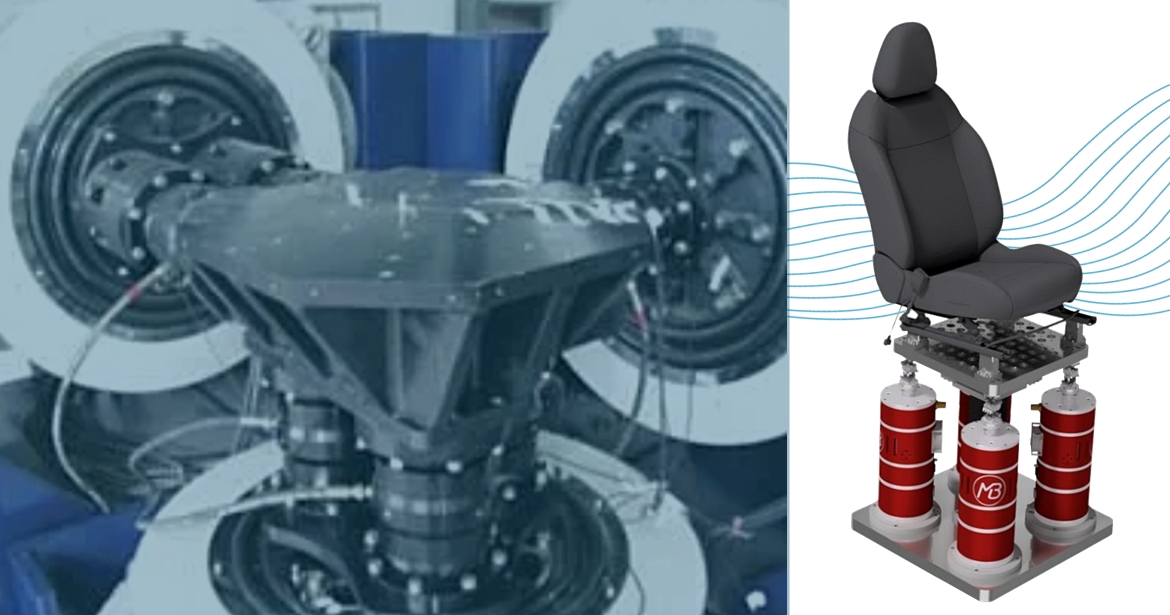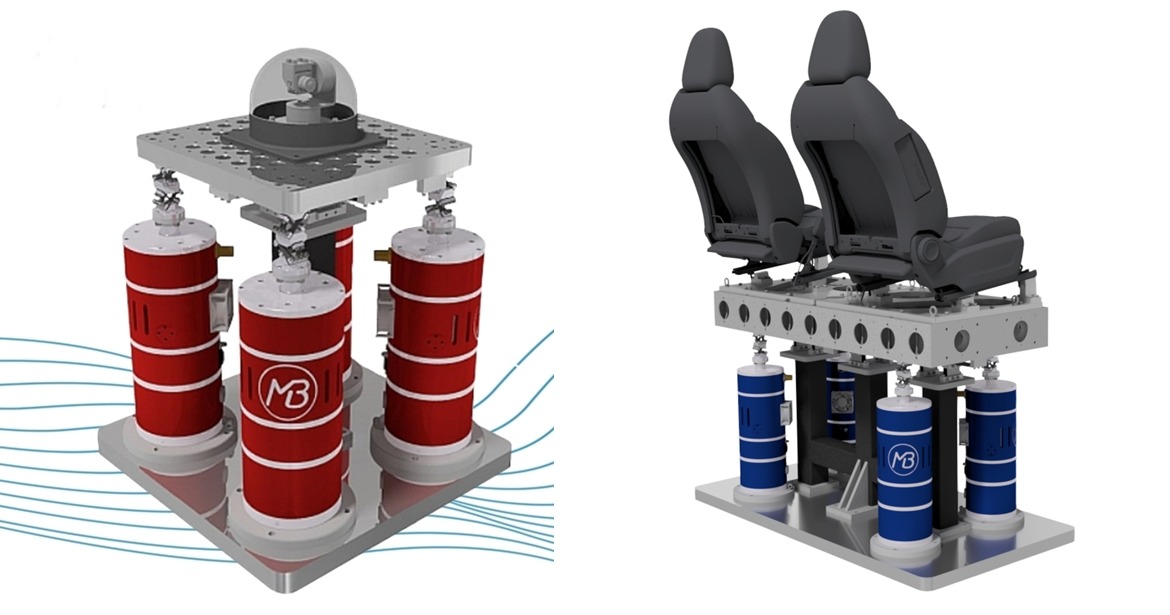Interpreting Vibration Test Results
Interpreting vibration test results is a crucial skill for ensuring the reliability and durability of products exposed to dynamic environments. By understanding key metrics, conducting thorough analyses, and comparing results against standards, engineers can identify potential issues early and make informed decisions to enhance product design.
Understanding Vibration Testing
Vibration testing involves subjecting a component or system to controlled vibration profiles to simulate the operational environment it will experience. The primary objectives of vibration testing include identifying potential failure modes, assessing product robustness, and validating design specifications. Common types of vibration tests include sine sweep, random vibration, and shock tests.
Steps to Interpret Vibration Test Results
-
Review Test Parameters: Ensure that the test parameters (frequency range, amplitude, test duration) match the operational profile of the product. Verify that the test setup accurately replicates the intended environment.
-
Analyse Time-Domain Data: Time-domain analysis involves examining the raw vibration signal over time. Key aspects to look for include peak values, steady-state behaviour, and any transient events. Time-domain data can reveal immediate issues such as sudden impacts or unexpected resonances.
-
Frequency-Domain Analysis: Transform the time-domain data into the frequency domain using Fast Fourier Transform (FFT) to identify dominant frequencies and harmonics. Frequency-domain analysis helps pinpoint resonant frequencies and potential areas of mechanical weakness.
-
Evaluate PSD and ASD Plots: For random vibration tests, assess the Power Spectral Density (PSD) or Auto-Spectral Density (ASD) plots to understand how vibration energy is distributed across different frequencies. Look for peaks that may indicate resonances or areas where the product may be susceptible to damage.
-
Compare Against Standards and Specifications: Compare the test results against relevant industry standards (such as ISO, MIL-STD, or IEC) and the product’s design specifications. Ensure that the product meets or exceeds the required thresholds for durability and performance.
-
Identify Failure Modes: If any anomalies or failures are observed, investigate the root causes. Common failure modes include material fatigue, loosening of fasteners, component deformation, and electrical malfunctions. Use the vibration test data to correlate these failures with specific frequency ranges or vibration levels.
-
Validate and Iterate: Use the insights gained from the vibration test results to refine the product design. This may involve reinforcing vulnerable areas, changing materials, or modifying the product’s damping characteristics. Re-test the product to validate the improvements.
By following these steps, engineers can effectively interpret vibration test results, ensuring that products are designed to withstand the stresses they will encounter in their operational environments.
Visit the CentraTEQ Ltd website for more information on Interpreting Vibration Test Results





